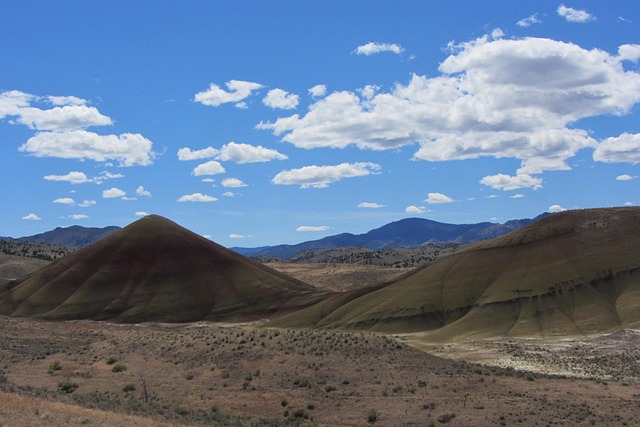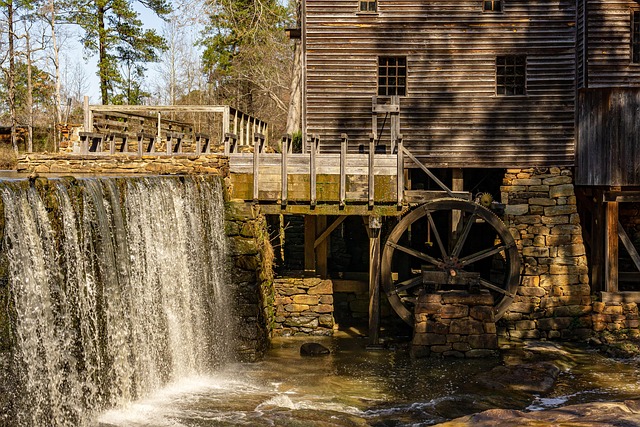Forests, deserts, and mountains are interconnected ecosystems vital to Earth's balance and real estate markets. Each landscape influences survival and development of others, impacting property values globally. Understanding these interdependencies is crucial for investors and policymakers to promote sustainable growth while preserving these invaluable resources for future generations through responsible development practices.
Forests, deserts, and mountains—seemingly distinct landscapes—are actually intricately interconnected ecosystems. This complex web of relationships shapes climate patterns, supports biodiversity, and influences water cycles globally. Understanding these interconnections is vital for both conservation efforts and real estate development. In this article, we explore how these diverse environments interact, delving into their ecological significance and the significant impact they have on property values in the surrounding areas. We also discuss strategies for sustainable management to preserve these unique ecosystems for future generations while navigating their potential as valuable real estate assets.
The Interconnected Ecosystem: Understanding the Relationships Between Forests, Deserts, and Mountains

Forests, deserts, and mountains may seem like distinct landscapes, but they are intricately interconnected ecosystems that play a crucial role in shaping our planet’s real estate. This interdependence is a fascinating web where each environment relies on the others for survival and balance. For instance, forests contribute to desertification prevention by stabilising soil with their extensive root systems, thus preserving the fragile desert ecosystem. Meanwhile, mountains provide vital water sources for nearby forests, ensuring their growth and diversity.
The relationship between these landscapes is a delicate equilibrium. Mountains, with their diverse microclimates, support a range of flora and fauna that influence the surrounding forests and deserts. For example, some mountain plants adapt to arid conditions, eventually finding their way into desert ecosystems. Similarly, animals migrating from higher elevations may carry seeds that contribute to forest regeneration in lower-lying areas. This complex interplay highlights the interconnectedness of our planet’s real estate, where every corner is affected by the health and dynamics of its neighbouring environments.
Real Estate Implications: How These Landscapes Shape Property Values and Development

Forests, deserts, and mountains—each with its unique characteristics—play a profound role in shaping real estate markets and property values worldwide. The presence or absence of these natural landscapes can significantly influence where and how development occurs. For instance, areas with lush forests often attract residents seeking tranquility and outdoor recreation, leading to higher demand for residential properties and potentially increasing land values. On the other hand, deserts, with their arid climates and unique geological features, might offer opportunities for specialized agriculture or renewable energy projects, which can drive investment in commercial real estate.
These landscapes also shape urban planning and development strategies. Mountains, for example, often require innovative architectural designs to accommodate building in challenging terrain, creating niche markets for developers. Conversely, forests and deserts may prompt the implementation of specific environmental conservation measures, influencing construction regulations and property development density. Understanding these interconnections between natural landscapes and real estate is crucial for both investors and policymakers as it helps navigate market trends, anticipate development opportunities, and ensure sustainable growth.
Conservation and Sustainability: Protecting and Managing These Unique Ecosystems for Future Generations

Forests, deserts, and mountains are unique ecosystems that require specialized conservation efforts to ensure their longevity. The real estate value of these landscapes extends far beyond what can be measured in acres or square kilometers. They provide essential services such as clean air, water purification, and habitat for countless species. Preserving these natural wonders is crucial not just for their intrinsic beauty but also for the well-being of future generations.
Sustainable management practices are key to achieving this balance. This includes responsible land use planning, protecting critical habitats, and implementing eco-friendly tourism initiatives. By integrating local communities in conservation efforts and promoting education, we can foster a deeper appreciation for these ecosystems. Through collaborative efforts between governments, NGOs, and landowners, it’s possible to safeguard these diverse landscapes while also ensuring they remain viable resources for real estate development that respects environmental boundaries.






